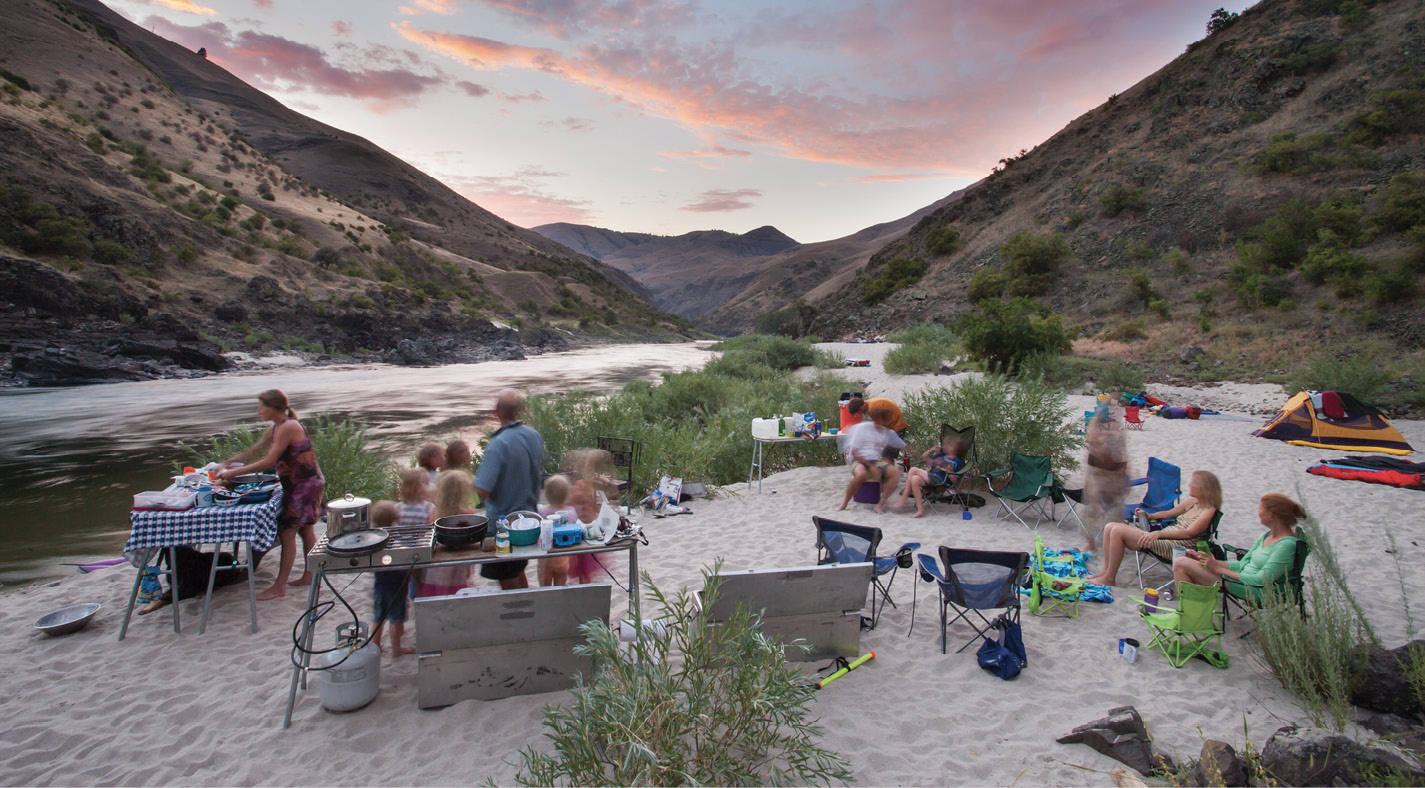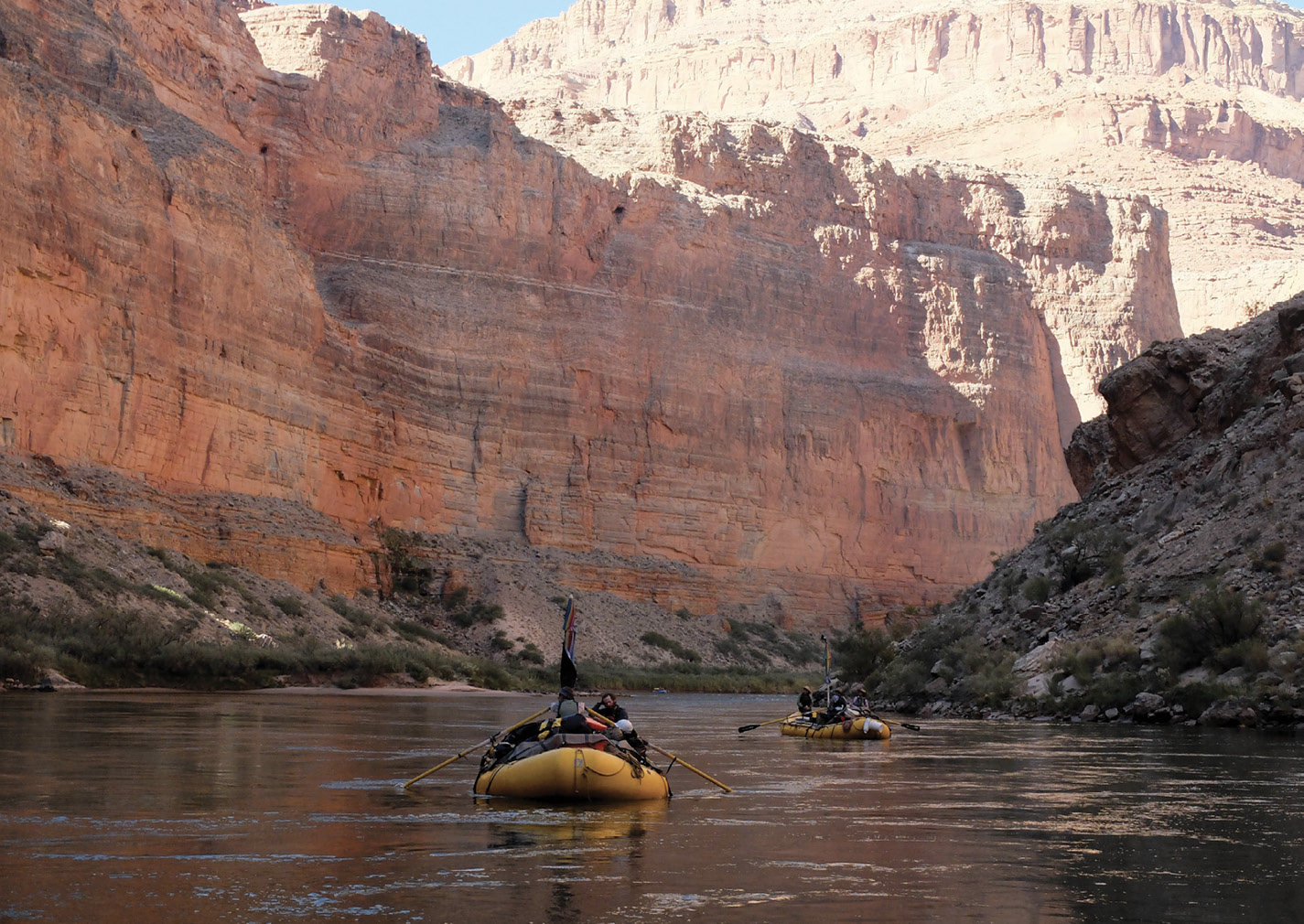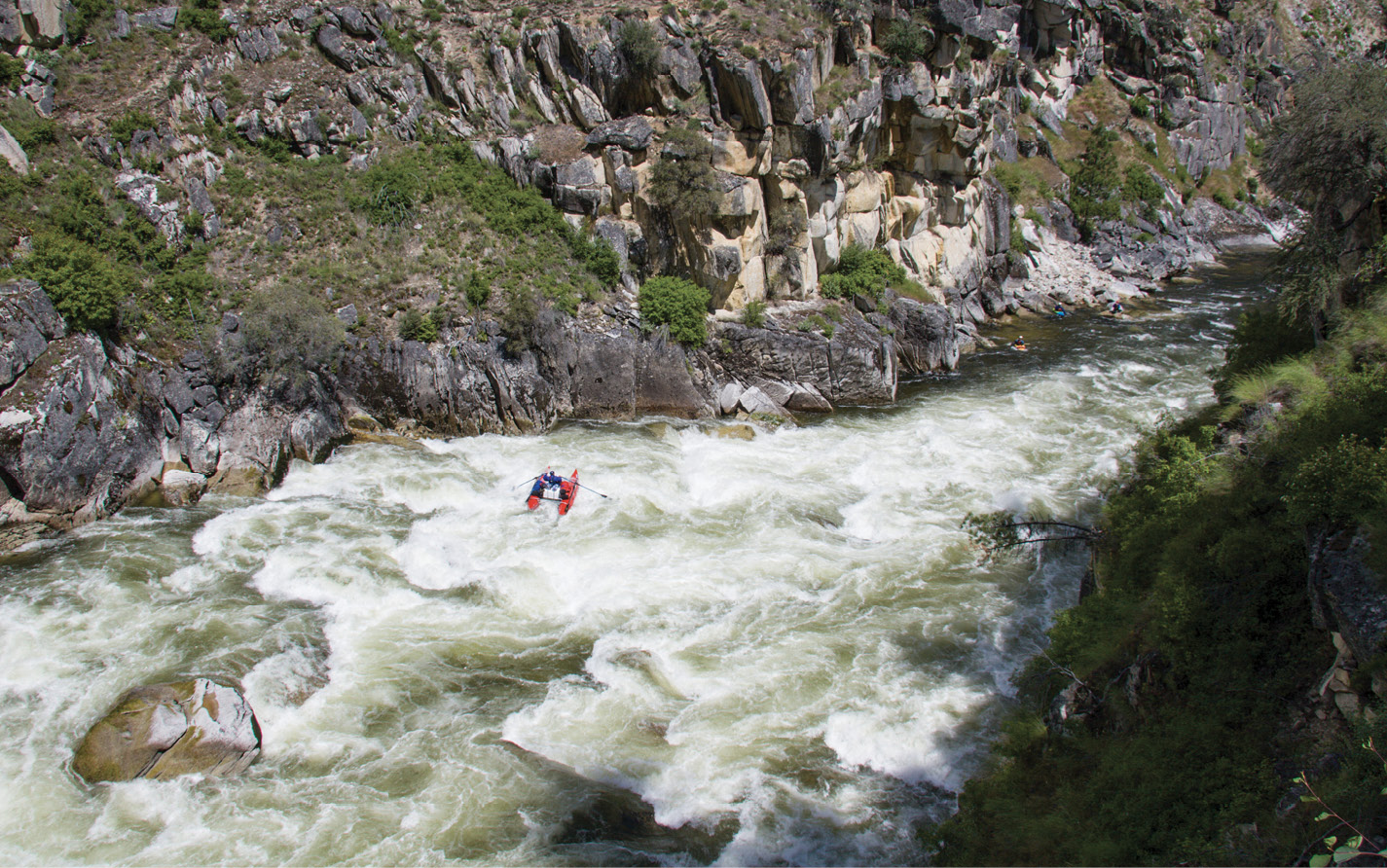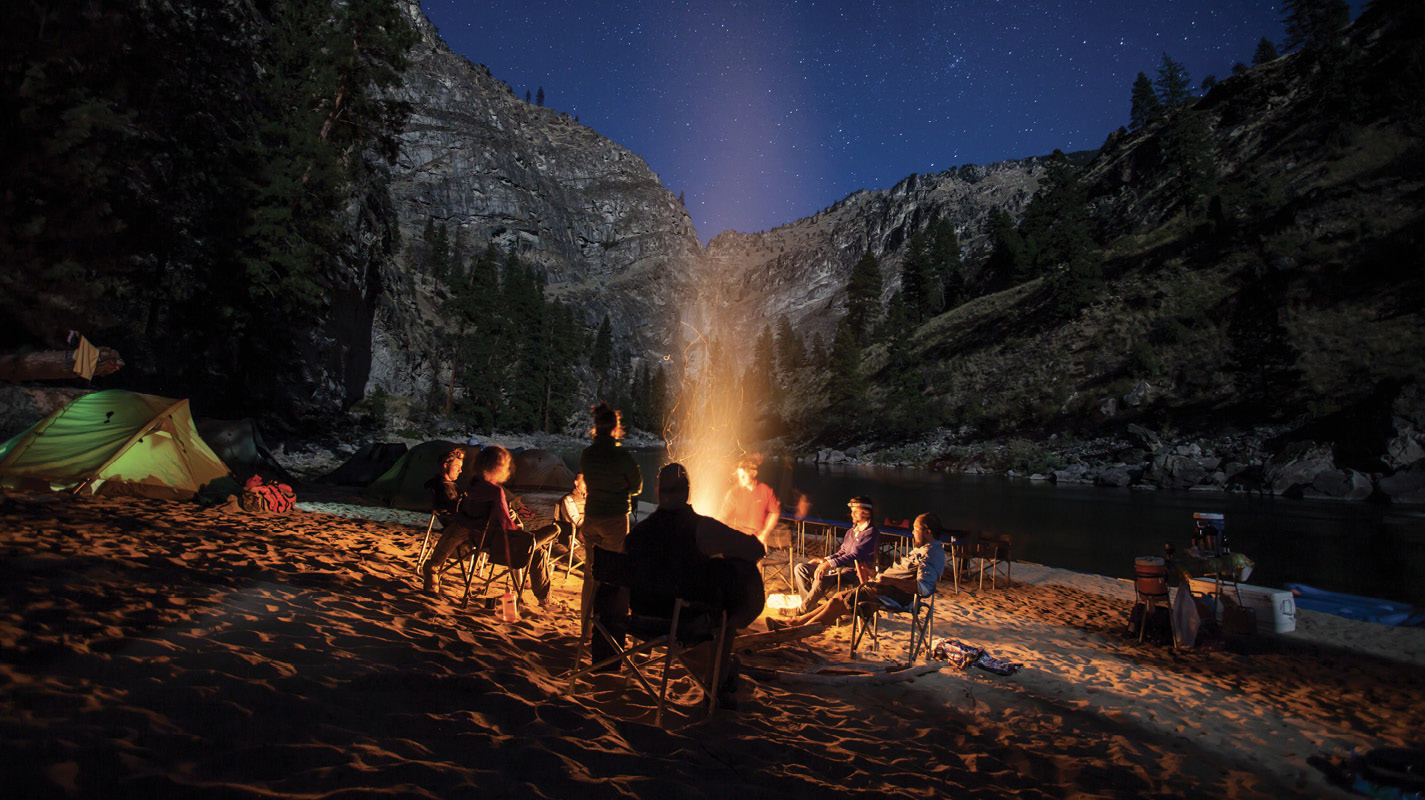my daughter was three when we first floated the Main Salmon River in central Idaho. I wasn’t much of a boater, so my primary job was to hold on to her and to the raft when we went through the rapids.
The weather was terrible. It was August and my friends told me to expect temperatures in the 80s or 90s during the day, so I packed lightly. But it was raining when we got to the put-in, and for the next three days temperatures never got much above 50 degrees. We wore all our clothes and stopped at lunch to rig up a shelter, start a stove, and make hot chocolate for the kids. I’ll never forget watching them—we had six kids under eight years old on that adventure—playing in the rain, their slickers covered in wet sand. They didn’t care. They built castles and fished. They ran up and down the beach, creating their own games. We read them stories and kept them well fed. They looked like drowned rats, but they were laughing and smiling and having a blast well before the sun finally came out and warmed us up.
That trip hooked me. I’d been having a hard time figuring out how to backpack with my daughter without carrying a monster pack or hiring horses or llamas to heft the load. River trips meant our gear was on the raft, not on my back. It meant the kids didn’t have to cover long miles on their feet. We weren’t constantly cajoling them with candy to keep them walking. Instead we sat in the raft, laughing and screaming our way through the whitewater and lounging back watching the scenery slip past when it was calm.

River trips are a great way to bring family and friends together away from the stress and distractions of daily life.
Once the temperatures heated up, we swam and had water fights. We sunbathed on the back of the raft and took turns rowing. It was six days of bliss. The stresses of home were far away. We had no cell coverage or electronics, so no social media distractions. We got up in the morning, ate a huge meal, drank our coffee, loaded up, and drifted downstream. At the end of the day, we set up camp on a beach, made cocktails, ate a huge dinner, and went to bed. I left the river wishing I could stay out there forever.
A friend of mine who routinely floats the Colorado River through the Grand Canyon calls what I described above “river time.” It’s that sense of living totally in the moment, surrounded by beautiful nature with no cares in the world. It’s hard to get that feeling in modern life—there are just too many distractions, obligations, and things on your to-do list. But on rivers you can find it.

Your river trip can be a simple flat-water float or a raging whitewater run, depending on your skill and desires.
River trips run the gamut from Class I casual floats to Class V whitewater. Obviously the difficulty of the river affects the nature of your trip and the level of skill and expertise you need to run it. On some rivers you will have a fabulous time with kids; on others the difficulty and danger may make it smarter to leave them at home. Regardless of the challenge, all river trips are unified by that feeling of river time. Everyone comes back reinvigorated and ready for more.

Multiday river trips take you deep into the earth’s wildest river corridors.
Stefanie Vandaele
This book is written for newer rafters looking to put together their own multiday river trip. It’s not a substitute for experience, rather a supplement to help you solidify your skills. We’ll talk a little bit about rafting technique and equipment, and provide an introduction to reading water and running rapids, but those skills are best learned from a more experienced mentor.
For that reason, it’s a good idea to make your first excursions with people who have been there and done that. Ask lots of questions. Follow them through rapids. Get someone to sit in your raft and coach you through a run. Take a class or go with a guide.
This book comes in handy after you get home from these experiences and you want to solidify the concepts that were thrown at you in the middle of a rapid’s chaos. There, in the comfort of your living room, you can refer to this book to analyze what you saw on the river and think about what was actually happening to you in your raft. Together with a good teacher and time spent in a raft, this book will help you become an independent boater who doesn’t need to rely on more experienced friends to take a multiday raft trip.

It can take years to gain the skills you need to safely run Class V whitewater like Devil Creek Rapid on the South Fork of the Salmon River in Idaho.
This book also covers the ins and outs of river camping. There are all sorts of ways to approach living on a river. You can pile on the gear and bring along a special outfit for every day of the trip, as well as games, musical instruments, cocktails, fresh veggies, and meat and potatoes. You name it: With a big enough raft, you can probably bring it, plus the kitchen sink.
Or you can borrow principles from lightweight backpackers and reduce your load so you need fewer rafts for your team and can be more efficient and nimble both on the water and getting in and out of camp. We’ll talk about both approaches—there are pluses and minuses to either option—and include gear lists, packing tips, cooking suggestions, and expedition planning guidelines.

Becoming a proficient rafter allows you to undertake multiday river trips with people of all ages and experience levels.
This book touches on basic river rescue and safety. But if you plan to do challenging river trips, we highly recommend you take a swiftwater rescue course. Again, think of this book as your cheat sheet—a reference or reminder for when you get home and want to contemplate the rescue skills you’ve acquired in a class.
Finally, we have included a list of some of the most coveted river trips in the world. Probably every rafter you talk to will have at least one or two of these trips on his or her bucket list. The rivers we’ve chosen are included because of their scenic beauty, the quality of the whitewater, the camping, and their conduciveness to creating the sense of river time we all seek when we turn off our phones and slip our rafts into the current.

The best river trips in the world are known not only for their rapids, but also for their beautiful settings and incredible wilderness camping.